Waste Not
Ensuring Fair Returns for Natural Gas on Federal Lands
Don't turn back the clock and lock taxpayers into old rules.
In November 2016, the Department of the Interior’s Bureau of Land Management (BLM) finalized a new rule to reduce venting and flaring of natural gas from oil and gas wells on federal lands.
Earlier this year, Congress considered repealing the rule under the Congressional Review Act (CRA), but thankfully for taxpayers, the rule survived a close Senate vote.
Now for the second time, the rule is being put in jeopardy and its repeal could cost taxpayers millions in lost royalty revenues. In October of 2017, BLM proposed suspending key provisions of the methane waste rule.
BLM is currently asking for public comments on its proposal to suspend key provisions of the methane waste rule. To save millions of dollars, tell the BLM it needs to do its job and limit the waste of taxpayer-owned natural gas.
The problem of lost gas from federal lands is well-documented. In 2007, the Royalty Policy Committee (a Federal advisory committee) emphasized the need for BLM to strengthen its processes to verify production of gas. In 2010, the Department of the Interior Inspector General recommended that the BLM clarify its requirements for royalty-free use of gas. That same year, Government Accountability Office (GAO) found that around 40 percent of natural gas being vented and flared from onshore Federal leases could have been economically captured with the use of control technologies already available. GAO also found that Interior’s oversight of the oil and gas program had significant limitations, and – specifically – that its regulations did not address significant sources of lost gas.
In 2011, the GAO added Management of Federal Oil and Gas Resources to its list of government programs it considered to be at high risk – defined as those programs with “greater vulnerabilities to fraud, waste, abuse, and mismanagement.” It found that: “Interior did not have reasonable assurance that it was collecting its share of revenue from oil and gas produced on federal lands.” In 2013, the total amount of natural gas flared from BLM-administered leases was double the amount flared in 2009. In 2016, the GAO again concluded that the DOI “may not have a clear accounting of natural gas emissions, which could limit [it’s] ability to ensure that lessees pay royalties in the proper amounts and minimize waste of natural gas.”
Lost Gas Increasing
Meanwhile, the problem is getting worse, not better. The total amount of natural gas flared from BLM-administered leases doubled from 2009 to 2013. Lost gas in 2014 alone had a sales value of $444 million and a royalty value of $56 million. Between 2009 and 2015, federal and Indian onshore wells vented or flared enough gas to serve more than six million households for a year.
Reform provisions years in the making
Provisions in the BLM’s methane waste rule were years in the making. The BLM began a new methane waste rulemaking in 2011. It held four ‘forums’ in 2014 in Colorado, New Mexico, North Dakota, and Washington, DC, and four ‘public hearings’ in New Mexico, Oklahoma, Colorado, and North Dakota after release of the proposed rule in 2016. According to the agency, it received more than 300,000 comments on its proposed rule. The rule is the result of years of public input and regulatory reviews by BLM.
Replaces Old, Ineffective Rules
Before the finalization of the new rule, venting, flaring, and royalty-free uses of oil and natural gas on BLM-administered leases have been governed by the Notice to Lessees and Operators of Onshore Federal and Indian Oil and Gas Leases, Royalty or Compensation for Oil and Gas Lost (NTL-4A), which was issued by the U.S. Geological Survey on December 27, 1979. Since NTL-4A went into effect, technologies and practices for oil and gas production, such as hydraulic fracturing and horizontal drilling techniques, have advanced considerably.
The NTL-4A was not the result of a formal rulemaking process. It is a six-page notice to companies operating on federal lands. A principal reason it has failed to prevent waste and ensure a fair return to taxpayers is because it depends entirely on the subjective judgments made by a BLM Supervisor or Authorized Officer about what is “prudent and proper” or “reasonable” to determine whether gas has been wasted and should incur a royalty. There has been considerable ambiguity regarding what properly constitutes royalty-free, on-site use, and not surprisingly, there has been “substantial variation in how the BLM has interpreted and applied the standard” for approval of flaring, according to the GAO. The GAO estimated that 90 percent of the 1,281 venting and flaring requests received by BLM field offices in fiscal year 2014 did not contain the appropriate documentation, yet the BLM approved 70 percent of those requests anyway.
Fiscally Irresponsible
The BLM’s final methane rule sets new limits on venting and flaring, and it also clarifies when lost gas is subject to royalties and when oil and gas production may be used royalty-free. It includes new disclosure of amounts of lost gas, how to measure or estimate lost gas, how to coordinate with state regulatory authority, and leak detection and repair provisions. All of this would be delayed, possibly rewritten or repealed entirely if BLM’s proposed rule is implemented. The delay and potential repeal of the methane waste rule would be a disaster for management of federal resources and ensuring a fair return to taxpayers.
Related Posts
Most Read
Recent Content
Letter
Apr 16, 2025 | 14 min read
Stay up to date on our work.
Sign up for our newsletter.
"*" indicates required fields

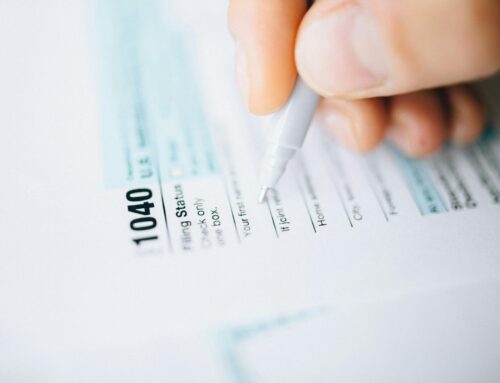

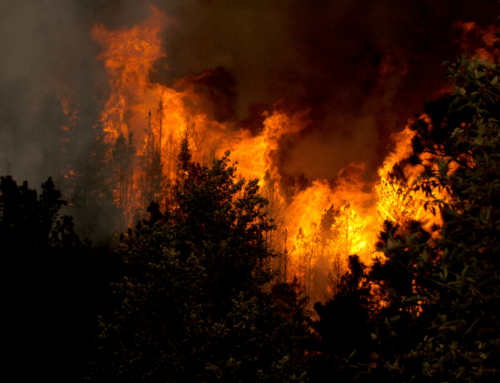
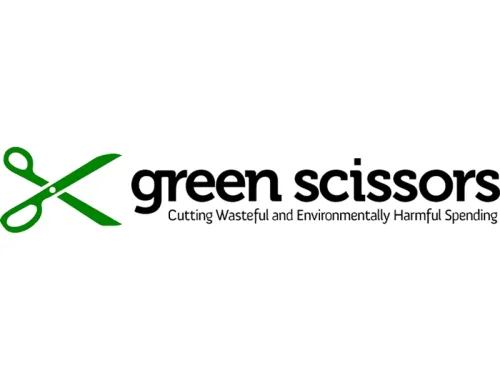
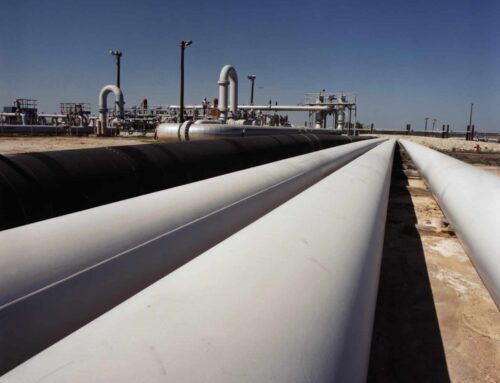
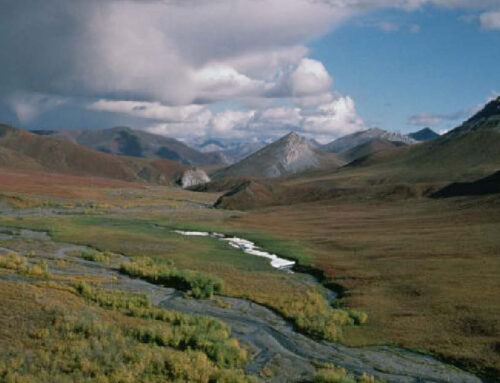




Get Social